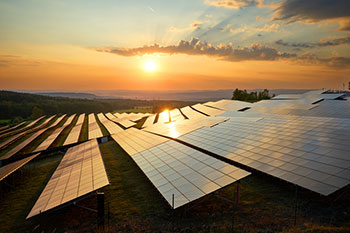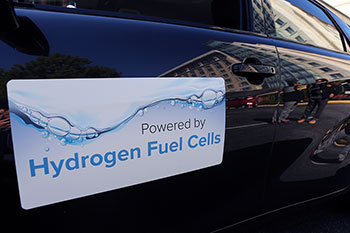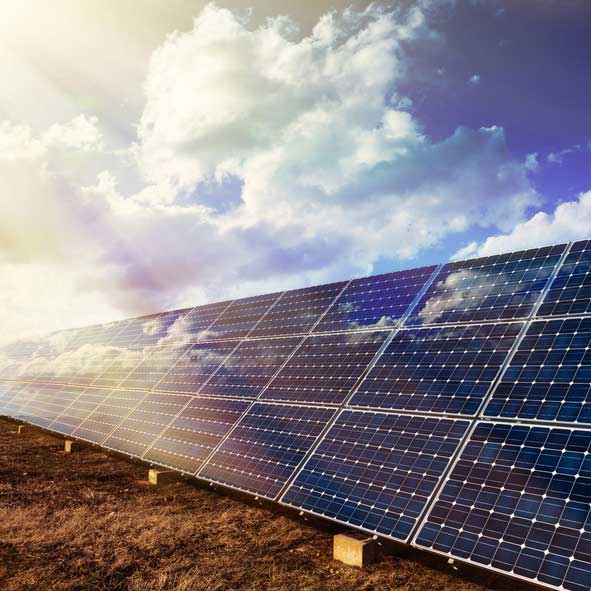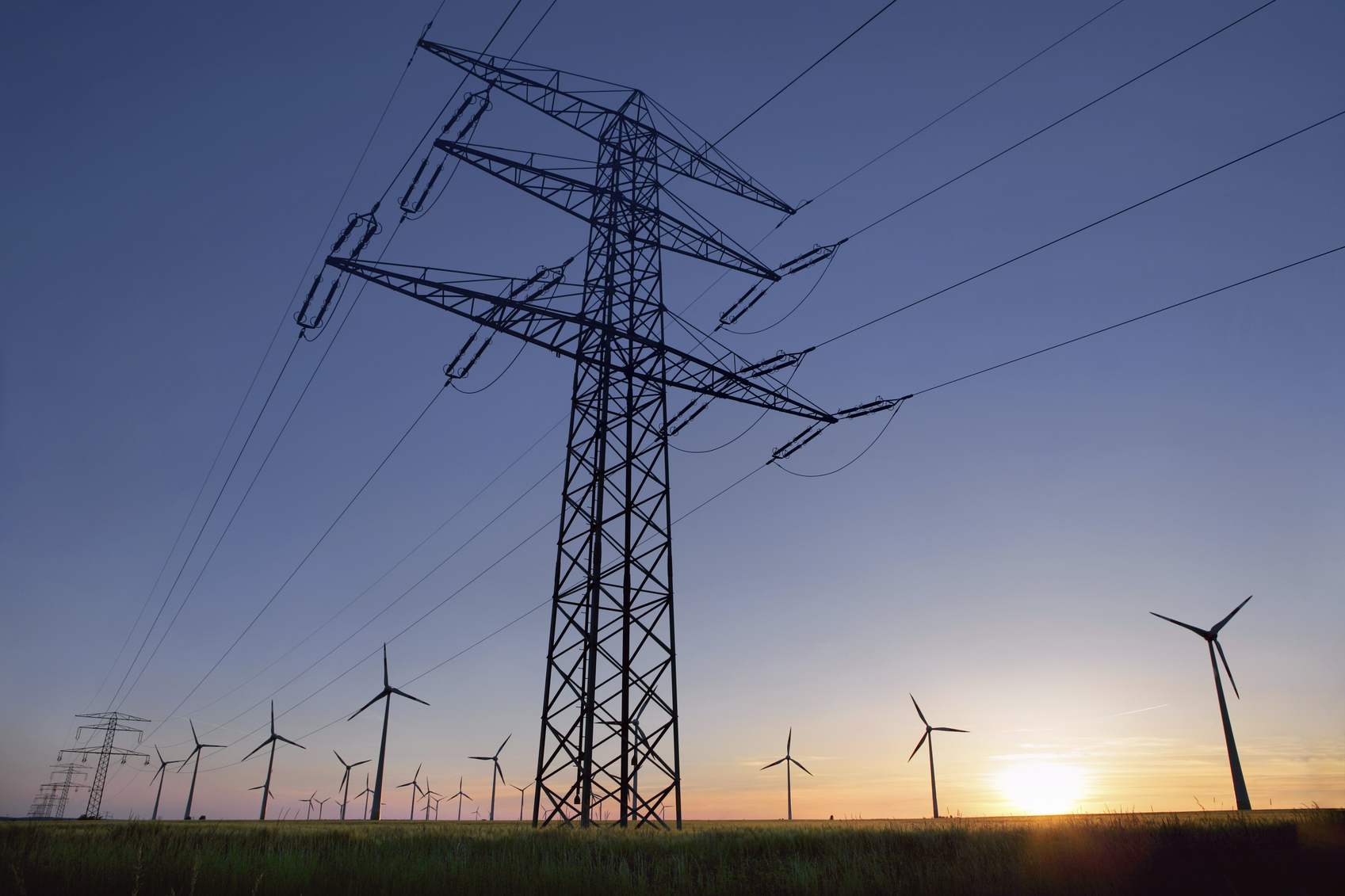 Using advanced computational methods, University of Wisconsin–Madison materials scientists have discovered new materials that could bring widespread commercial use of solid oxide fuel cells closer to reality.
Using advanced computational methods, University of Wisconsin–Madison materials scientists have discovered new materials that could bring widespread commercial use of solid oxide fuel cells closer to reality.
A solid oxide fuel cell is essentially an engine that provides an alternative way to burn fossil fuels or hydrogen to generate power. These fuel cells burn their fuel electrochemically instead of by combustion, and are more efficient than any practical combustion engine.
As an alternative energy technology, solid oxide fuel cells are a versatile, highly efficient power source that could play a vital role in the future of energy. Solid oxide fuel cells could be used in a variety of applications, from serving as a power supply for buildings to increasing fuel efficiency in vehicles.
However, solid oxide fuel cells are more costly than conventional energy technologies, and that has limited their adoption.


 Stress a muscle and it gets stronger. Mechanically stress a new rubbery material—say with a twist or a bend—and it automatically stiffens by up to 300 percent, the engineers say.
Stress a muscle and it gets stronger. Mechanically stress a new rubbery material—say with a twist or a bend—and it automatically stiffens by up to 300 percent, the engineers say. Researchers have developed a new titanium-based material that is a good candidate for making lead-free, inorganic perovskite solar cells.
Researchers have developed a new titanium-based material that is a good candidate for making lead-free, inorganic perovskite solar cells. Fuel cells play a major role in creating a clean energy future, with a broad set of applications ranging from powering buildings to electrifying transportation. But, as with all emerging technologies, researchers have faced many barriers in developing affordable, efficient fuel cells and creating a way to cleanly produce the hydrogen that powers them.
Fuel cells play a major role in creating a clean energy future, with a broad set of applications ranging from powering buildings to electrifying transportation. But, as with all emerging technologies, researchers have faced many barriers in developing affordable, efficient fuel cells and creating a way to cleanly produce the hydrogen that powers them. Researchers have proposed three different methods for providing consistent power in 139 countries using 100 percent renewable energy.
Researchers have proposed three different methods for providing consistent power in 139 countries using 100 percent renewable energy. Carbon-free energy: Is the answer blowing in the wind? Perhaps, but the wind doesn’t always blow, nor does the sun always shine. The energy generated by wind and solar power is intermittent, meaning that the generated electricity goes up and down according to the weather.
Carbon-free energy: Is the answer blowing in the wind? Perhaps, but the wind doesn’t always blow, nor does the sun always shine. The energy generated by wind and solar power is intermittent, meaning that the generated electricity goes up and down according to the weather. Editor’s note: On Jan. 22, 2018, the Trump administration announced plans to
Editor’s note: On Jan. 22, 2018, the Trump administration announced plans to